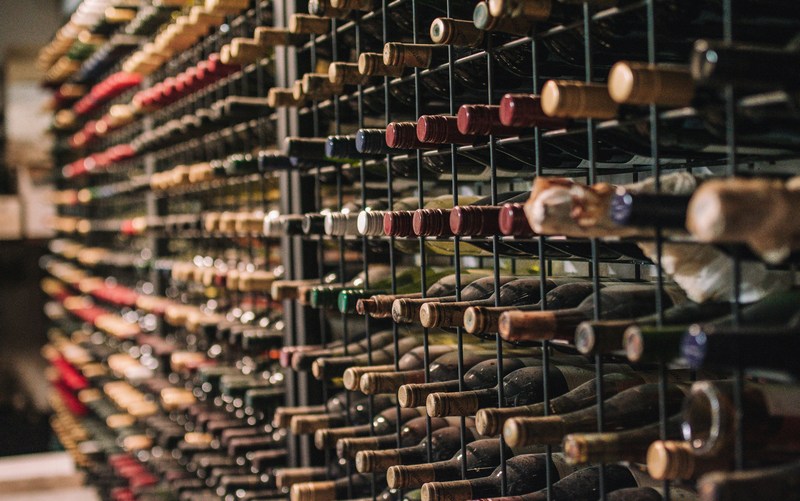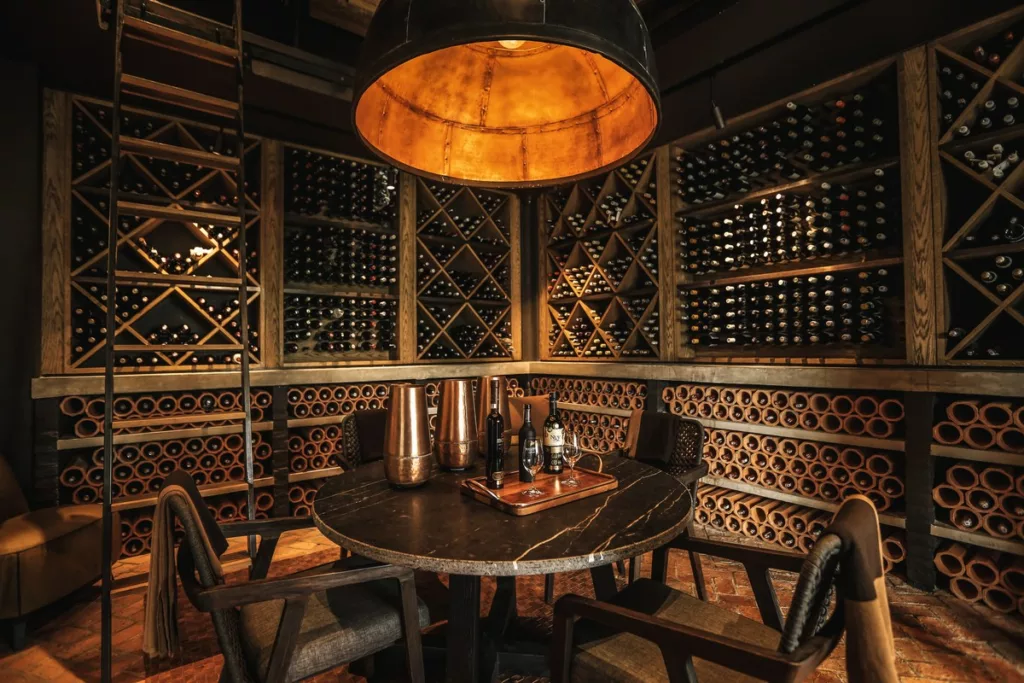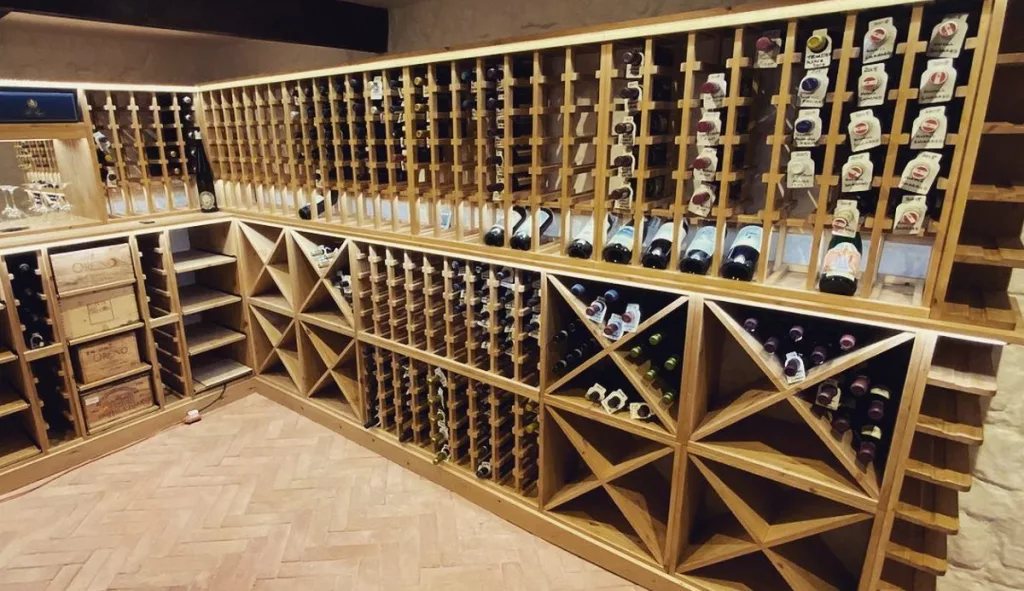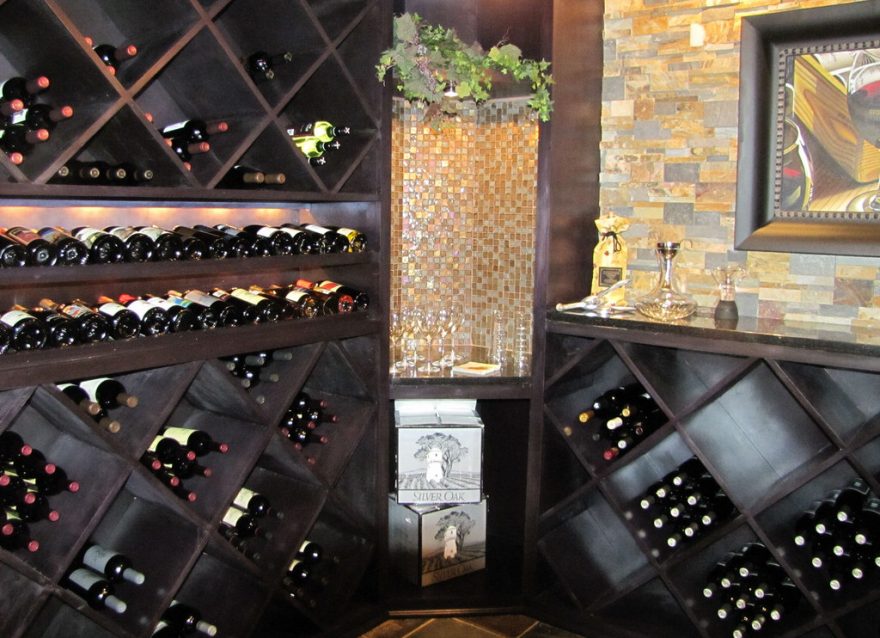Wine Storage: A Practical Guide to Functional, Budget-Friendly Racking Not everyone wants a showpiece wine wall, glass frontage or LED-lit display. Many collectors simply need reliable wine storage that is practical, affordable and built to last. For those looking for straightforward storage rather than luxury installations, traditional wood and metal modular wine racks remain one […]
Read more >







